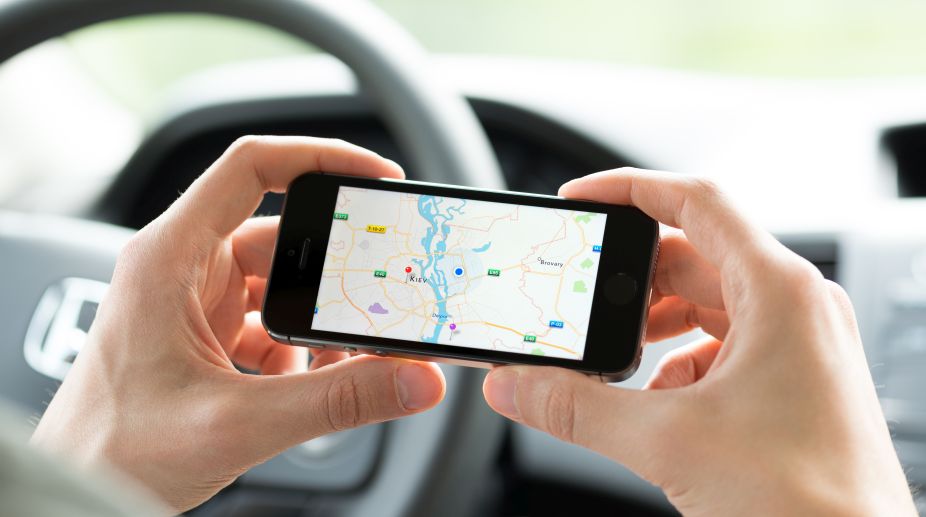Google sacks 28 employees involved in protests over Israel govt contract
Tech giant Google has laid off 28 employees who were involved in sit-in protests at its offices over a Google contract with the Israeli government.
The news comes a day after Google announced that it has joined hands with CyArk — a California-based 3D laser scanning non-profit — to build virtual reality representations of historical sites around the world that are at risk of destruction due to human conflict or natural disasters

Representational image. (Photo: Getty Images)
In order to make navigation easy, Google is reportedly testing a new feature in Maps that will use landmarks, including restaurants, as points of reference to give directions to a commuter.
“So instead of telling you to turn right onto Acacia Avenue, for example, it might tell you to turn after the KFC,” a report in Engadget said late Tuesday.
It said the navigation feature has only been seen in the New York City and Google has not announced whether the update would be rolled out widely.
Advertisement
The news comes a day after Google announced that it has joined hands with CyArk — a California-based 3D laser scanning non-profit — to build virtual reality (VR) representations of historical sites around the world that are at risk of destruction due to human conflict or natural disasters.
READ | Google AI can focus on individual speakers in a crowd
The joint effort — called the Open Heritage project — would use CyArk’s (short for cyber archive) laser-scanning technology to capture and archive the imperiled archaeological wonders from all over the world, the Verge reported.
The archived data could be re-created in VR format, so that it can be preserved and explored online either on a computer, through a mobile device, or while wearing a VR headset.
Founded in 2003 to digitally record, archive and share the world’s cultural heritage, CyArk has recorded over 200 monuments in all seven continents.
The company uses laser-scanning system, as well as high-resolution photography captured by drones and DSLR cameras.
Google and CyArk are also planning to release the source data of the models.
The Open Heritage models will be available online and on the Google Arts and Culture mobile apps for iOS and Android. Those mobile apps will also support the VR tours through Google’s Daydream platform, the report said.
Advertisement